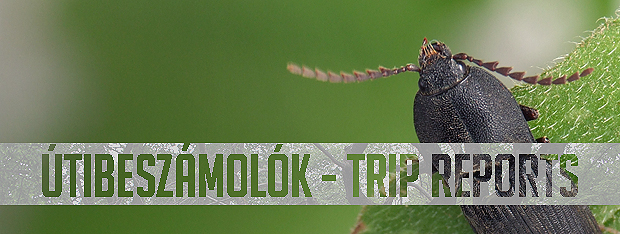
TRIP REPORTS
2009.VIII.ROMANIA, Maramureş
Translated by Emese Jókuthy.
At the end of August I spent five
days with my colleagues (Aranka Grabant, Zoltán György and
Ottó Merkl) in Maramureş, Romania. This field trip jointly
funded by the HNHM and the Vasile Goldiș Western University of Arad was
part of a larger research project that aimed at exploring the flora and
fauna of the Maramureş region. Our goal was to assess the endemic
beetle fauna of the Pietros (2303m), the highest peak of the Eastern
Carpathians. Extreme weather conditions, however, made it difficult to
accomplish our aims. Roads were so washed out by continuous rains that
we could not reach the expected heights. Besides that, weather
forecasts forced us to finish field work ahead of time. Although most
of our plans failed, we managed to catch some rare and unique species.
For the rest of the trip we visited interesting sites offered by our
local guide and good friend, József Béres.

The town of Sighetu Marmaţiei (Máramarossziget).
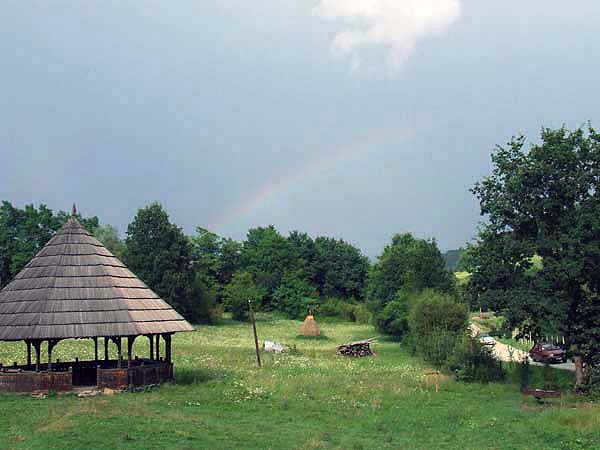
A local open air museum on Dobaies hill providing accommodation for us for
the first two and the last two nights during the trip.
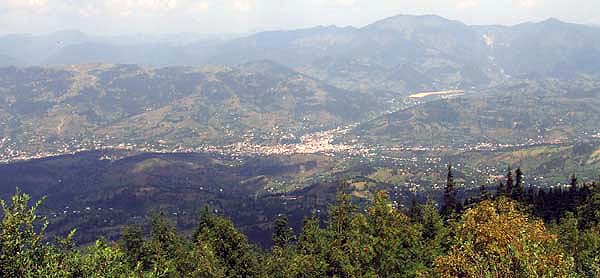
The view over Borşa from about 1500 m up.

Struggling through the rocks (Photograph by Ottó Merkl).
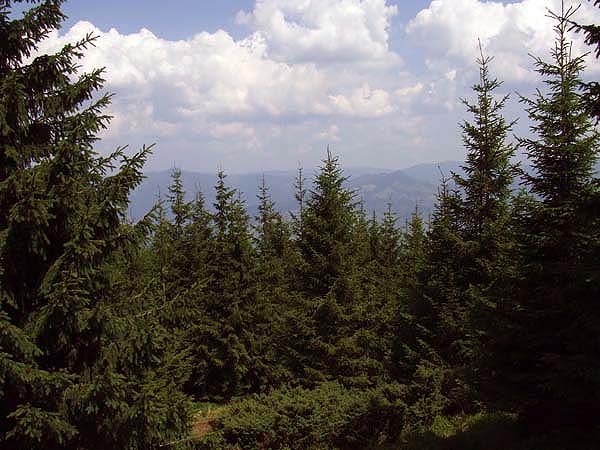
Since most of the time was spent with
building a rock driveway, I had only little time left to do something
constructive. And yet I managed to collect specimens either by hand or
by sweeping the undergrowth in the spruce stand.
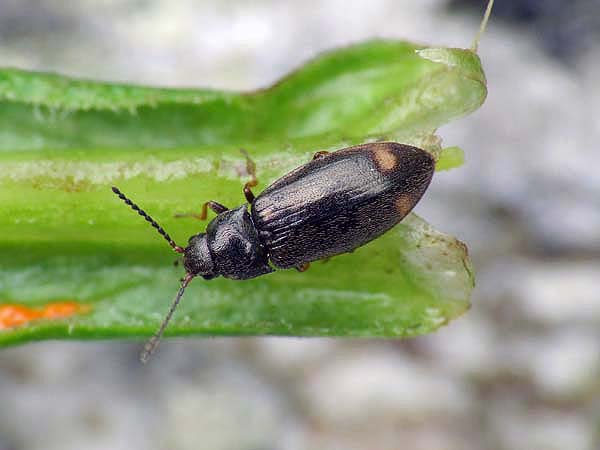
Eanus guttatus is unknown in Hungary but common in the Carpathians.
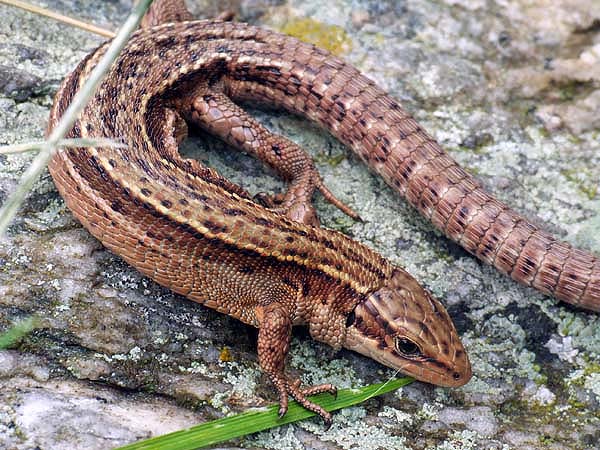
Viviparous Lizards (Zootoca vivipara) were running around on rocks and blueberry bushes.

Although we were well into the summer, regular rains allowed us to enjoy a lush and green vegetation.

The fancy Golden ground beetle (Carabus auronitens) is common to spruce forests.
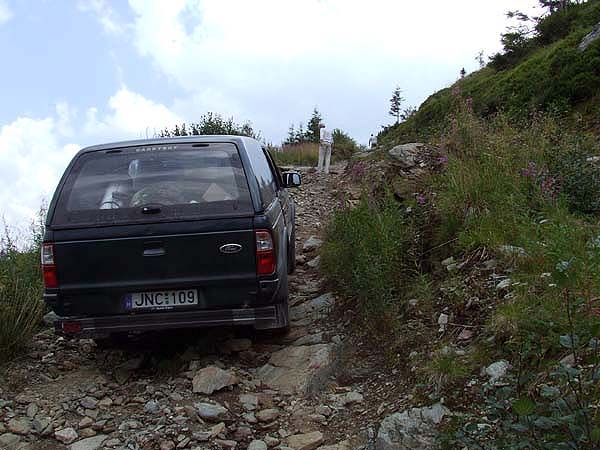
The end of the road for our 4WD.
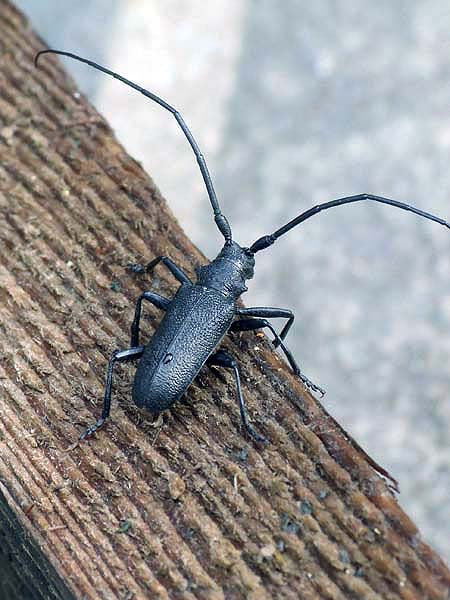
Small white-marmorated longhorn beetles (Monochamus sutor) landed on me and the car
while we were constructing the road.
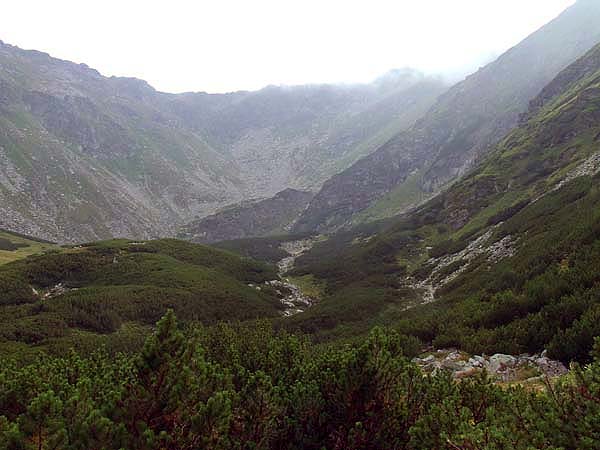
Although we had to make several
rounds to drag all the stuff up, we finally managed to reach our
destination, a meteorological station at 1800 m. We were really touched
by the view.
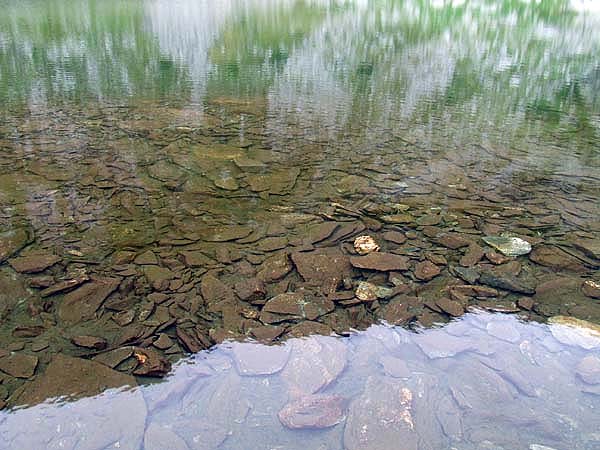
Water collects in an ice cold lake located deep in the U-shaped valley, with lush vegetation on the shore.

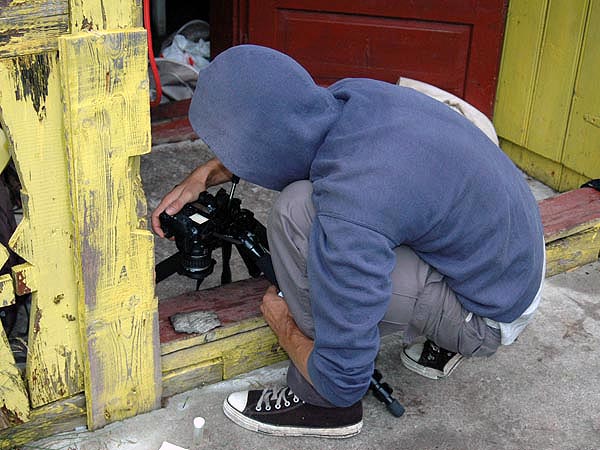
The best time to take pictures is the period just before sunset (photograph by Ottó Merkl).
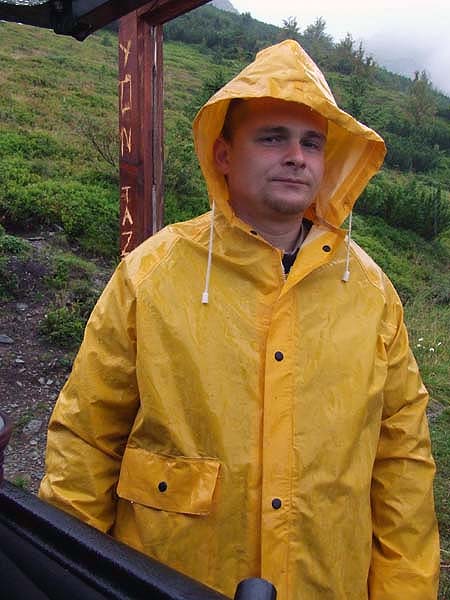
Zoli’s face after being asked how his night was in the car watching and listening to the
heavy rain and ligthning through the sunroof all night.
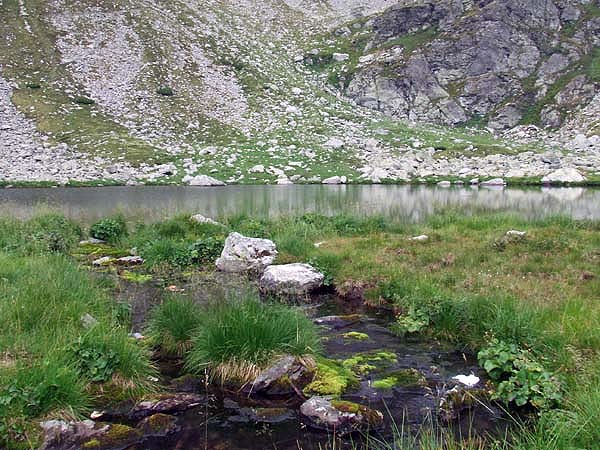
Next day we had only a few hours for
collecting because weather forecasts predicted storms, so we preferred
to spend the forthcoming night a bit lower.
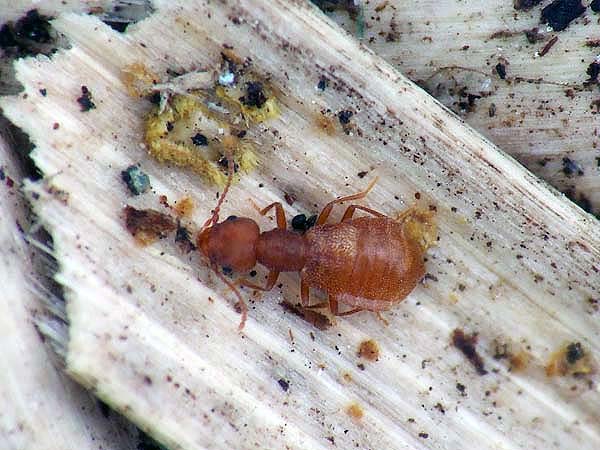
Two specimens of the endemic
flightless rove beetle Hypsonothrus deubeli were collected by sifting
through the debris under the mugo pines.

Looking under rocks embedded deeper
in the ground we encountered many specimens of the mountainous click
beetle Hypnoidus rivularius along with ground and rove beetles.
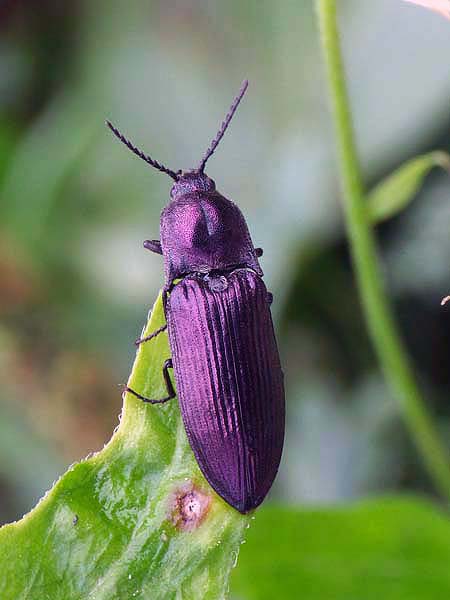
This Ctenicera cuprea was added to our species list, thanks to Aranka.
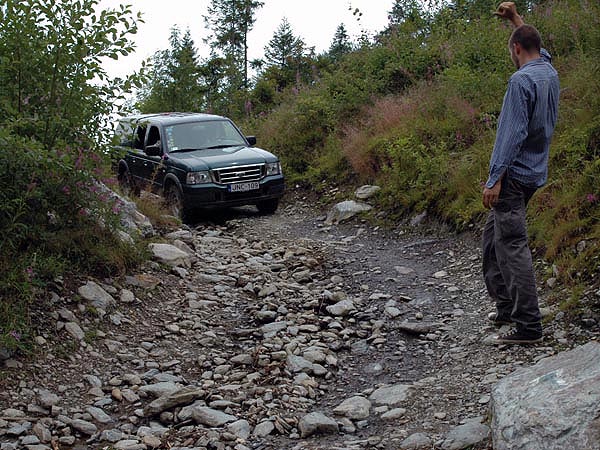
Driving conditions were already
somewhat challenging, but getting down the washed-out road was much,
much. Our progress was so slow that it took us five hours to drive down
the slope. (Photograph by Ottó Merkl).

Kicking stones aside on our way we found a Carabus linnei.
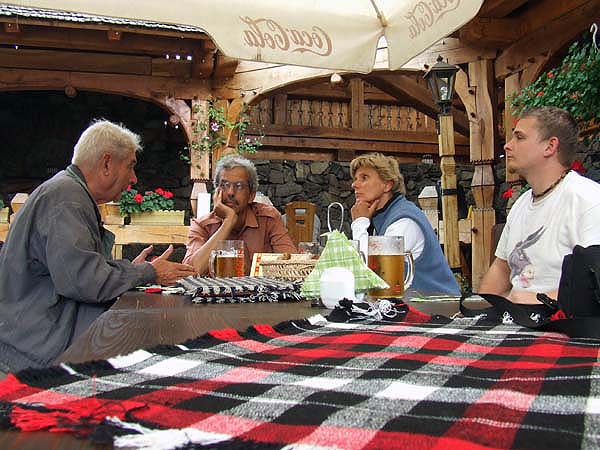
Exhausted but alive, we went to a restaurant to discuss what conclusions to draw from our shocking trip.
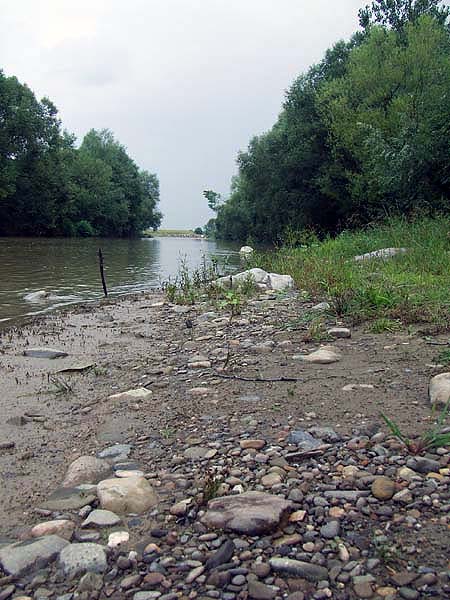
Next day we headed out to collect
alongside the River Iza. Although we arrived soon after a flood,
a remarkable amount of beetles were collected, particularly rove and ground beetles.
a remarkable amount of beetles were collected, particularly rove and ground beetles.
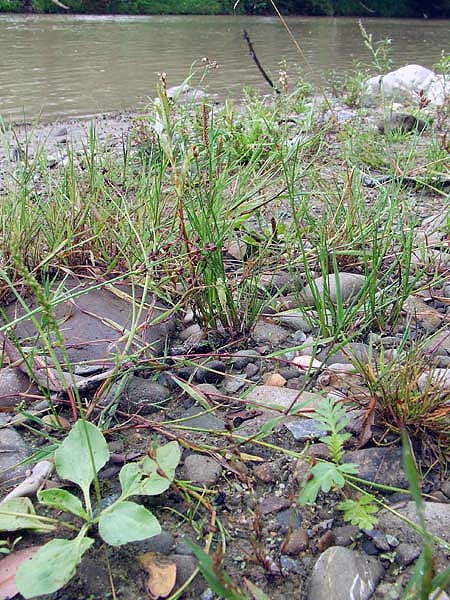
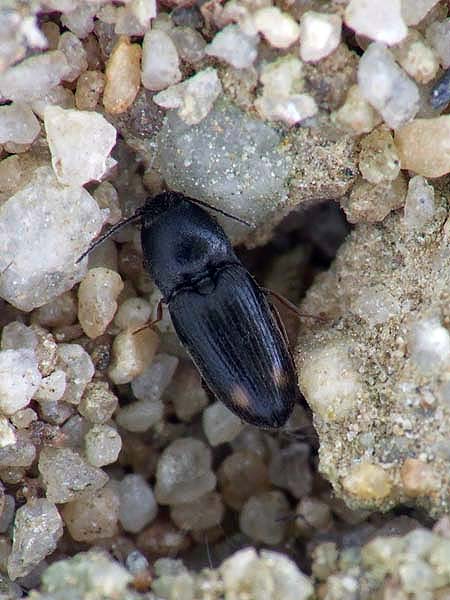
Zorochros dermestoides in its preferred gravel habitat.
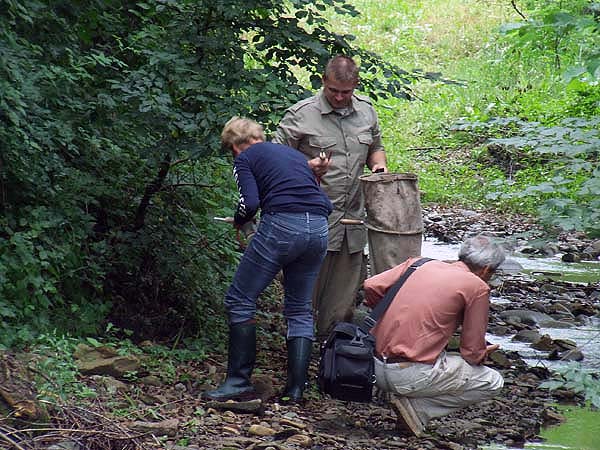
Hard workers.

Newly emerged darkling beetles, Laena reitteri obtained by sifting through leaf litter collected
in the forest edge near the riverside
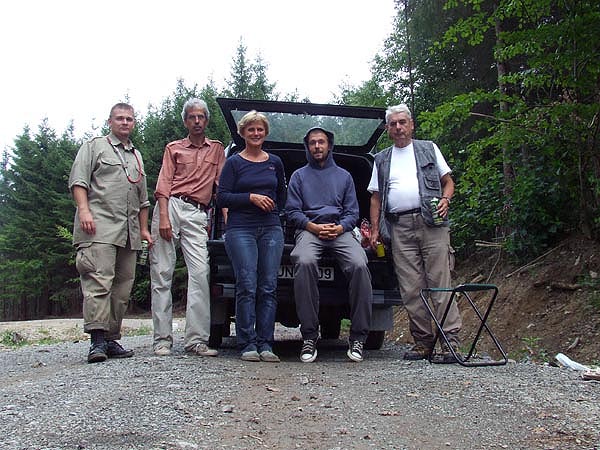
In spite of leaving the site with fewer beetles than expected, this trip was definitely a grand experience after all.
Copyright
©
2009. Hungarian Natural History Museum,
Department of Zoology, Coleoptera Collection